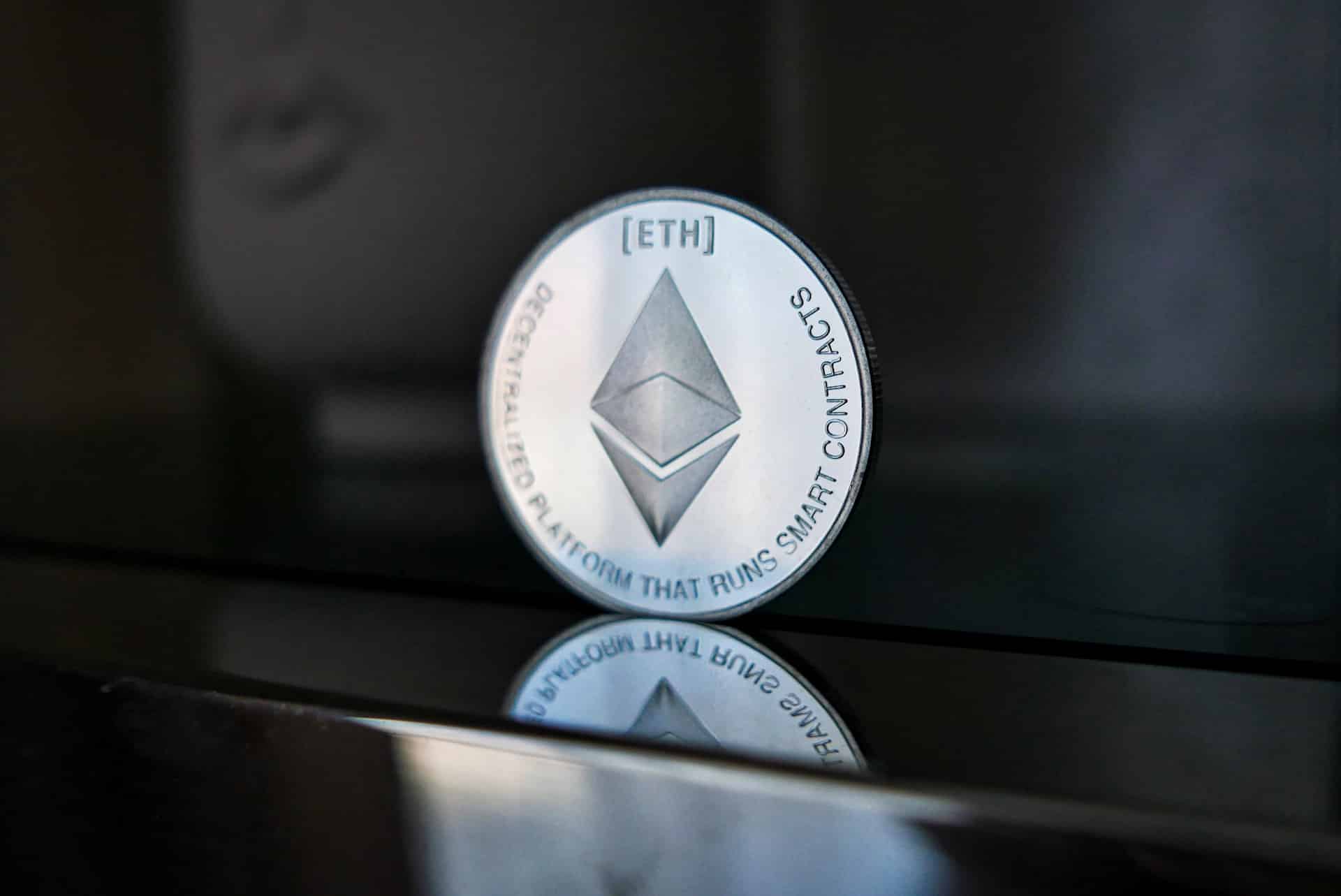A significant impediment to crypto adoption is the complexity of account management. But that could soon be a thing of the past, thanks to Ethereum’s newest token standard, ERC-4337.
This guide will explain what ERC-4337 is, how it works, and its significance to the Ethereum ecosystem.
What Is the ERC-4337 Token Standard?
ERC-4337 is an account abstraction standard for the Ethereum blockchain, seeking to improve user experience and security by introducing smart contract functionality in wallets.
The standard is Vitalik Buterin’s and other developers’ brainchild, conceptualized in 2021.
What Is Account Abstraction?
In most blockchain systems, users manage their transactions through Externally Owned Accounts (EOAs). These accounts require them to own private keys and use them to process each transaction, creating challenges such as security risks, limited functionality, and usage complexity.
To address these challenges, Ethereum is adopting account abstraction.
This blockchain concept shifts user transactions away from exclusive dependence on EOAs. Instead, it embeds smart contracts in users’ wallets, allowing them to interact with other contracts and thus complete exchanges automatically.
Besides automating transactions, these “smart wallets” can determine the appropriate gas fees a user should incur in each exchange. They also support advanced security features, as we shall see later.
Key Features of the ERC-4337 Standard
A deep dive into the ERC-4337 standard reveals the following key features:
- User Operations (UserOps): Imagine it as a list of all the actions you provide your Ethereum account to execute.
- Bundlers: The nodes that submit UserOps to the network for verification.
- EntryPoint: The smart contract that performs UserOps.
- Paymaster: This entity manages the gas payment system.
How Does ERC-4337 Work?
ERC-4337 token standard transactions undergo a four-stage process.
The first is the initiation of UserOps, which are instructions for the desired actions, for example, sending tokens. The unconfirmed transactions go to an alternative mempool specifically built for ERC-4337 exchanges.
The bundlers then select several UserOps from the mempool and pack them into a single transaction called the bundle. Gas fees are the primary determinant of which UserOp the bundlers prioritize. From here, they send the bundle to EntryPoint, a global smart contract on the Ethereum Ecosystem.
For validation, bundlers trigger the “handleOps” call function on the EntryPoint. That allows the smart contract to receive the bundle transactions. Consequently, it requests a “validate UserOp” function for every account, enabling authentication of the operation’s signature.
Once everything checks out, the EntryPoint processes the appropriate gas fees. Every ERC-4337 wallet must then perform another function to complete the transaction sent to them by the EntryPoint contract. Bundlers receive payments for each successful UserOp to incentivize their facilitation of the process.
Benefits and Limitations of ERC-4337
According to its proponents, ERC-4337 will fundamentally transform Ethereum for the better. But as with any technology, it also has its downsides. Let’s look at its potential positives and negatives.
Pros
- Enhanced Security: The token standard removes the complexity of managing private keys and seed phrases, enhancing security with two-factor authentication and biometrics.
- Cross-chain compatibility: The standard works across multiple blockchains compatible with the Ethereum Virtual Machine (EVM).
- Potential Scalability: ERC-4337 batches transactions akin to rollups, which could increase the Ethereum network’s throughput for the benefit of its users.
- Supports multi-party transactions: ERC-4337 supports creating shared dealings with other parties through multi-signature operations and sponsored transactions, enabling a third party, such as a dApp or another wallet, to pay your gas fees.
- Social wallet recovery: With ERC-4337, you can whitelist certain addresses to assist in account recovery if you lose your logins.
Cons
- It lacks true account abstraction: Currently, ERC-4337 only provides an off-chain medium for managing your transactions before sending them to the mainnet. Proper account abstraction is more comprehensive, requiring a significant update of Ethereum’s consensus protocol.
- Increased DoS risk: The standard’s complex verification process could heighten exposure to denial-of-service (DoS) exploits.
- Limited Transaction Volumes: ERC-4337 accounts can only send one transaction to the mempool at a time.
- Potentially Higher Gas Costs: Adopters of ERC-4337 transactions could pay more gas than they would do in regular transactions.
What Is the Role of the ERC-4337 Standard to Ethereum Users?
The ERC-4337 token standard is still developing in the Ethereum network and will likely grow in adoption and function. Adopters can put its features to many uses, including:
- Customizing spending: Users can tailor-make their transactions by setting wallet usage instructions and spending limits. Again, they can activate notifications for certain margins. This way, their smart wallets will act similarly to the regular credit card.
- Subscribing to Web3 services: As the standard supports account programming, users can factor in periodic spending in their wallet’s code. Similarly, they can set up other crypto-specific pay-to-use plans.
- Automating DeFi functions: Your smart wallet readily interacts with different decentralized applications critical to the DeFi sector. So you can instruct it to automate certain DeFi functions, like seeking the best liquidity pools for your funds.
- Multi-token gas payments: ERC-4337 expands your gas-paying options because its account abstraction feature facilitates fee payment with any ERC-20 token. That eliminates the need to hold or convert your holdings to a particular token for gas payments.
Final Word
The deployment of the ERC-4337 token standard on the Ethereum mainnet has stirred the crypto community for good reasons. Chief among them is its ability to streamline the crypto adoption process. That said, it comes with its fair share of challenges necessitating care in its adoption.
One thing that’s for sure is that it is a groundbreaking technology that has the potential to alter the Web3 user experience.




